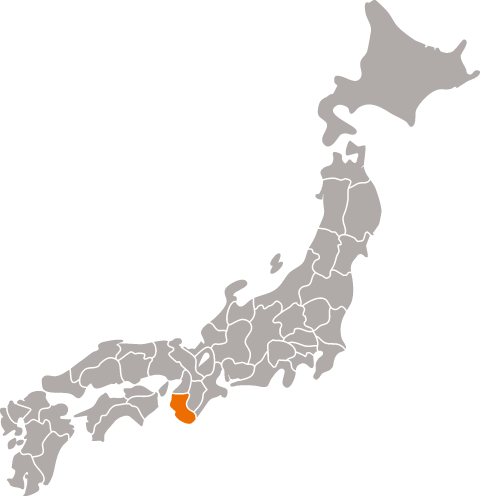Heiwa “KID” Junmai Daiginjo
Wakayama prefecture
New standard for next generation sake
This junmai new daiginjo bursts with notes of white flowers, juicy guava and bright aloe acidity. It offers the perfect balance of sweetness with a smidget of adult “shibumi” (astringency) and a citrusy aftertaste. Would you have guessed this came from the brewing team with one of the youngest average ages? They also won Brewer of the Year at the 2019 and 2020 International Wine Challenge.
Characteristics
| Brand | Heiwa |
| Brewery | Heiwa Brewing Company |
| Category | Junmai Daiginjo |
| Subcategory | N/A |
| Taste Profile | Light & Dry |
| Rice variety | Yamadanishiki |
| Yeast variety | Association No. 901, Association No. 1801 |
| Alcohol | 15.00% |
| RPR | 50% |
| SMV | 2 |
| Acidity | 1.3 |
Serving Temperature

-
 Recommended
Recommended
-
 Not Recommended
Not Recommended
Region

Heiwa is made in Wakayama prefecture in the Kinki region.
Taste Metrics
Tasting Notes
-
Flower

-
Rice

-
Aloe Vera

Recommended Pairing
-
Seafood

-
Sushi/Sashimi


Heiwa Brewing Company
A sake-loving gentleman married into the Yamamoto family and established the brewery in 1928, on what was originally temple grounds. After the hiatus during World War II, the company was renamed Heiwa, meaning peace and harmony. When the current fourth-generation owner, Norimasa Yamamoto, came back from working in Tokyo in 2004, he switched the brewery’s focus from mass-produced sake to carefully made premium sake. The “KID” line is intended to express the local nature, including their pristine water. And yes, they want to nurture both their sake and young talents as one would nurture one’s own kid.
Learn moreCustomer reviews
Tippsy Sake Club
Our sommelier will recommend sake according to your taste when you join Tippsy Sake Club. Also enjoy:
- Members-only prices
- Discounted shipping
- An exclusive sake cup with your first club order
- and more!
All about sake
-
 Introduction
Introduction
Welcome To Your Sake Journey!
-
 Lesson 1
Lesson 1
What Is Sake?
-
 Lesson 2
Lesson 2
What Is Sake Made of and How Is It Made?
-
 Lesson 3
Lesson 3
What Is Rice Polishing Ratio?
-
 Lesson 4
Lesson 4
Types of Sake
-
 Lesson 5
Lesson 5
How To Store Sake
-
 Lesson 6
Lesson 6
How To Drink and Serve Sake
-
 Lesson 7
Lesson 7
Food Pairing Guide
-
 Lesson 8
Lesson 8
Best Sake Bottles and Brands for Beginners



